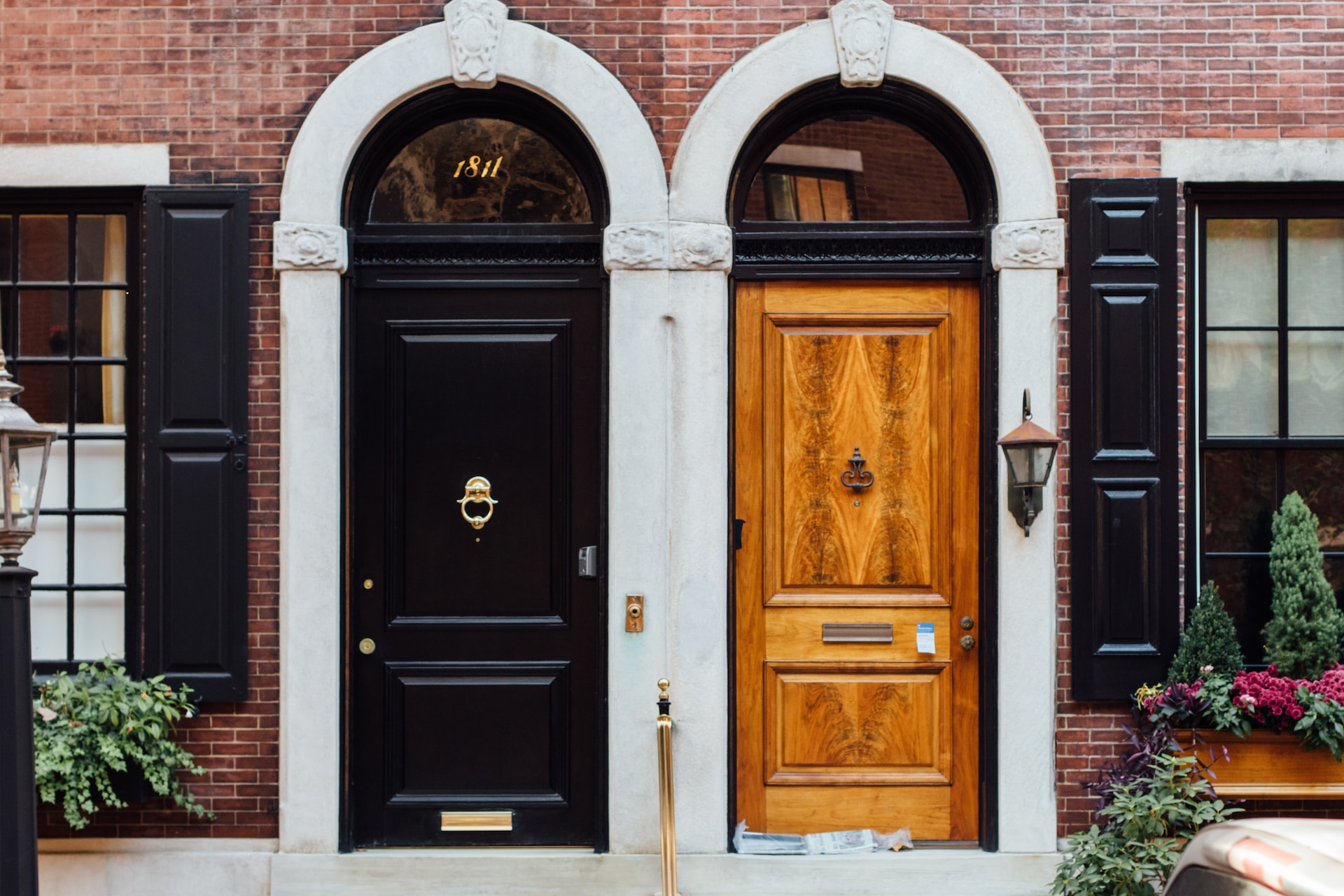Doors are an integral part of our daily lives, serving as entryways, barriers, and portals to the world beyond. However, beyond their practical functionality, doors also hold a fascinating historical and cultural significance. This blog explores the evolution of doors through the ages, tracing their development from ancient civilizations to modern times. Join us on a journey through time as we unlock the stories and symbolism behind these architectural marvels.
- Ancient Doors: Gateways to the Past
The story of doors begins in ancient times when doors were more than just physical barriers. In civilizations such as ancient Egypt and Mesopotamia, doors held religious and symbolic meaning. Elaborately carved doors adorned with intricate patterns and symbolic motifs were common, serving as thresholds between the mundane and the sacred. These ancient doors also reflect the craftsmanship and societal values of their time, offering glimpses into the beliefs and cultures of these civilizations.
- Mediaeval Doors: Defenders and Decorators
During the mediaeval period, doors took on dual roles as defenders and decorative elements. In castles and fortresses, massive wooden doors with iron reinforcements protected against invaders, serving as formidable barriers. These doors often featured decorative carvings, reflecting the architectural style of the time. Additionally, churches and cathedrals showcased intricately crafted doors with religious scenes and symbols, signifying the transition from the secular to the divine.
- Renaissance Doors: Artistic Flourishes
The Renaissance period witnessed a revival of art and culture, and doors became canvases for artistic expression. Elaborate wooden doors adorned with sculptural reliefs and ornate carvings reflected the grandeur and opulence of the era. Influenced by classical Greek and Roman styles, these doors showcased architectural proportions and symmetry, evoking a sense of harmony and balance.
- Georgian and Victorian Doors: Elegance and Practicality
In the Georgian and Victorian eras, doors became an integral part of architectural design, reflecting the prevailing architectural styles of the time. Georgian doors emphasised elegance and proportion, often featuring simple yet refined panelling and fanlights. Victorian doors, on the other hand, embraced intricate details and ornamentation, showcasing ornate carvings and decorative glasswork. These doors also embraced advancements in technology, such as the introduction of mass-produced cast iron hinges and locks.
- Modern Doors: Functionality and Design
With the advent of industrialization and modern architectural movements, doors evolved to prioritise functionality and design. Modern doors embraced new materials such as glass, steel, and aluminium, offering sleek and minimalist designs. The concept of open-plan living led to the rise of sliding and folding doors, blurring the boundaries between indoor and outdoor spaces. Additionally, sustainable materials and energy-efficient designs have influenced the development of eco-friendly doors that minimise heat loss and reduce environmental impact.
- Symbolism and Cultural Significance
Throughout history, doors have held symbolic significance across various cultures and religions. They represent transitions, opportunities, and the unknown. Door knockers, handles, and hinges have also been adorned with symbolic motifs, warding off evil spirits or signifying status and wealth. From the mythical gates of Valhalla to the iconic “Doors of Perception” mentioned by poet William Blake, doors continue to captivate our imagination and inspire artistic interpretations.
Exploring the rich history of doors through the ages unveils a fascinating tapestry of human ingenuity, symbolism, and cultural expression. From the awe-inspiring gates of ancient civilizations to the intricate craftsmanship of mediaeval and Renaissance doors, and the sleek functionality of modern designs, each era has left its mark on this essential architectural element. Doors serve as more than mere entrances; they are portals to history, art, and the human experience. By delving into the world of doors, we gain a deeper appreciation for the intricate blend of functionality and symbolism that has shaped our architectural heritage.





